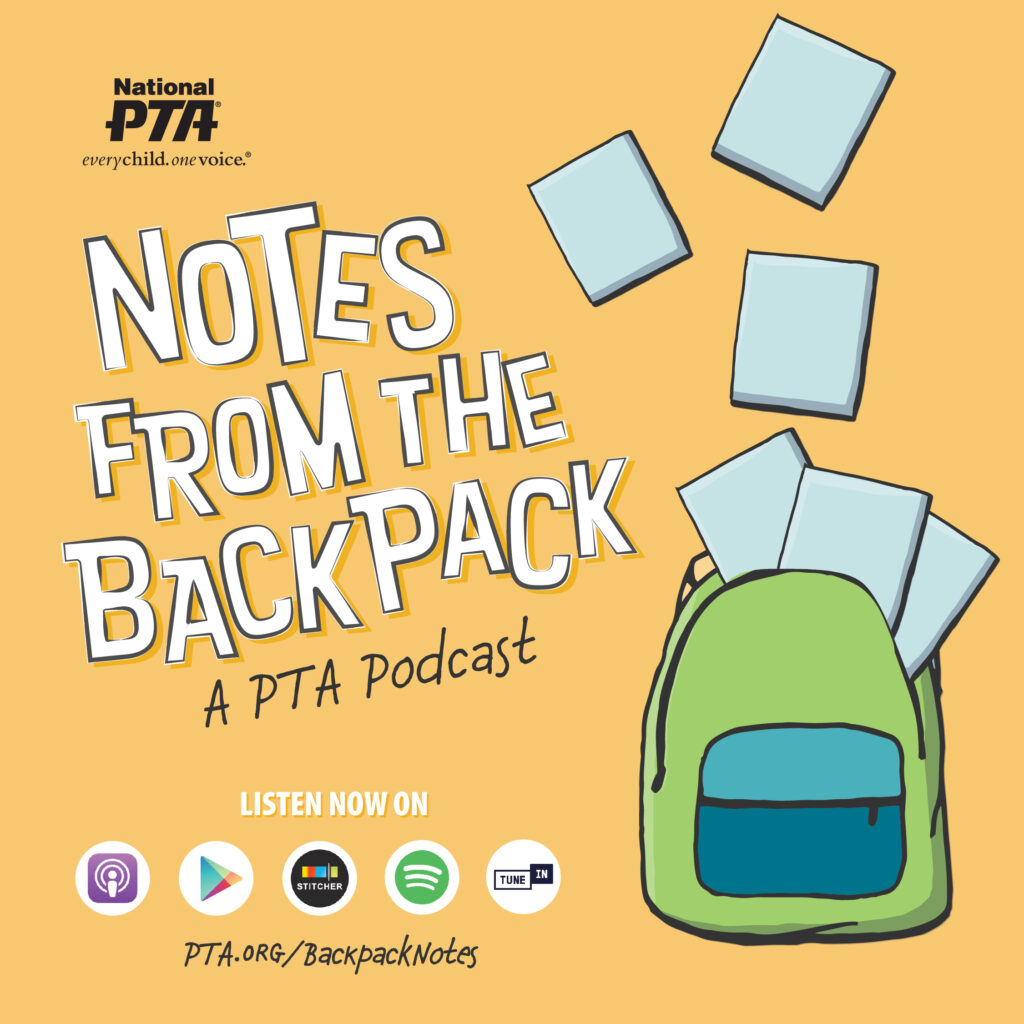Summer is the season of adventure and imagination. It’s also the perfect time to spark a child’s creativity through writing. But instead of assigning another journal prompt, why not invite your kids to become the storytellers of your family’s history?
Writing a family story gives children a meaningful project with personal roots. Research has shown that kids who feel strongly connected to their family’s history have higher self-esteem, a stronger sense of identity, better friendships and fewer behavioral problems.
Whether they’re capturing the story of how grandma came to this country or describing a favorite holiday tradition, these family stories can be a fun, powerful way to encourage summer writing while fostering pride, curiosity and deeper family bonds. Here are five ways to spark your child’s curiosity about your family history.
1. Interview Relatives
Even if you don’t live close to grandparents or other relatives, phone calls, emails, Face Time or Zoom sessions can make documenting stories from older generations easy. Help them write a list of questions to get them started. Online sites such as American Ancestors can provide questions that evoke stories from the past.
You can also ask questions about old photos to jog their memories. Include questions based on your child’s visits with them, which can be a heartwarming way to show how your child contributes to your family tree and family experiences. Send questions ahead of time so they can think about the answers and provide longer, more detailed responses.
Be sure to record the interview. This will not only help them write the story, but it preserves the speaker’s voice and their memories for future generations to hear.
2. Look Through Old Photos and Videos with Your Kids
Going through old photo albums from when you were a child is a great way to share stories about your own experiences and upbringing. Keeping framed photos around the house of long-lost family members or close family friends who have passed can encourage questions and storytelling. Looking at old pictures provide opportunities to bond with your kids and instill a curiosity about your history that could eventually shape their own.
2. Cook Together
Memories are easily created around food. If you have traditional family recipes or ones that are tied to your heritage, get in the kitchen with your kids and cook them together. Tell stories of how you learned to cook them or from family events where they were served.
If you need some inspiration, talk to your older relatives and ask them what they liked eating as a kid. You may find some interesting things to try! Plus, involving your kids in dinner prep is an easy way to nurture young culinary skills.
Even if your family doesn’t have a favorite or traditional meal, make it a habit to eat dinner together. The dinner table is one of the best places to share family memories and for kids to ask questions.
4. Build a Family Tree
Building a family tree encourages kids to discover their roots and learn family stories. They could also learn about traits they have that are similar to relatives from the past.
Start with your immediate family. Then reach out to them to start tracing relatives back. You could also use sites like ancestry.com.
While you can explore real stories about your family while building the family tree, you can also use this as inspiration for creative writing. Perhaps you found a relative that came alone through Ellis Island. Have them write a story about what that experience may have been like.
5. Encourage Kids to Keep Writing
Every interaction with relatives offers the opportunity to learn family stories. Encourage your kids to write down what they learned from relatives. Writing preserves history and memories. This includes their own stories! If they write down things about their own experiences, they can share them with their kids one day to keep your family’s story going for generations to come.


















